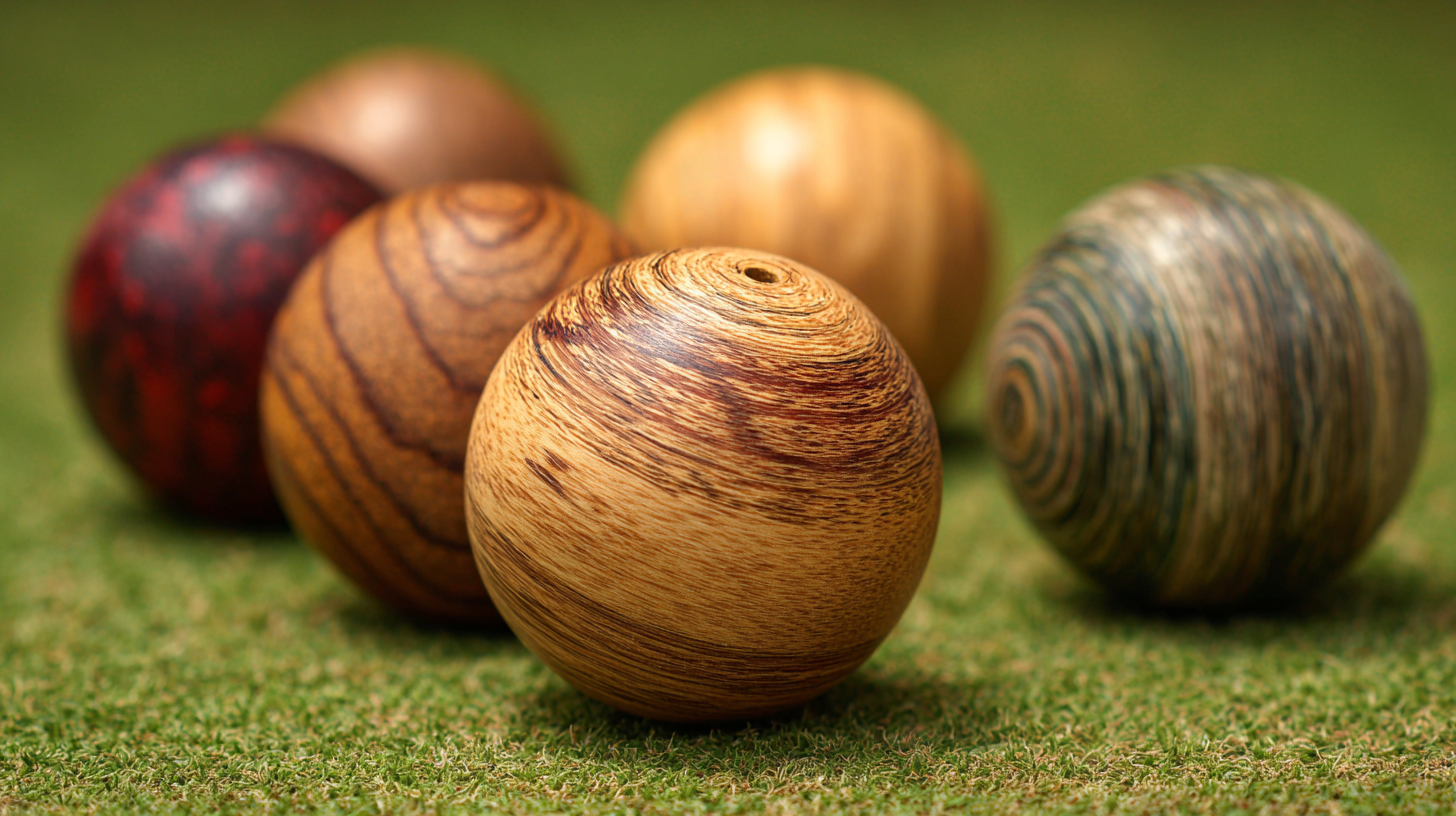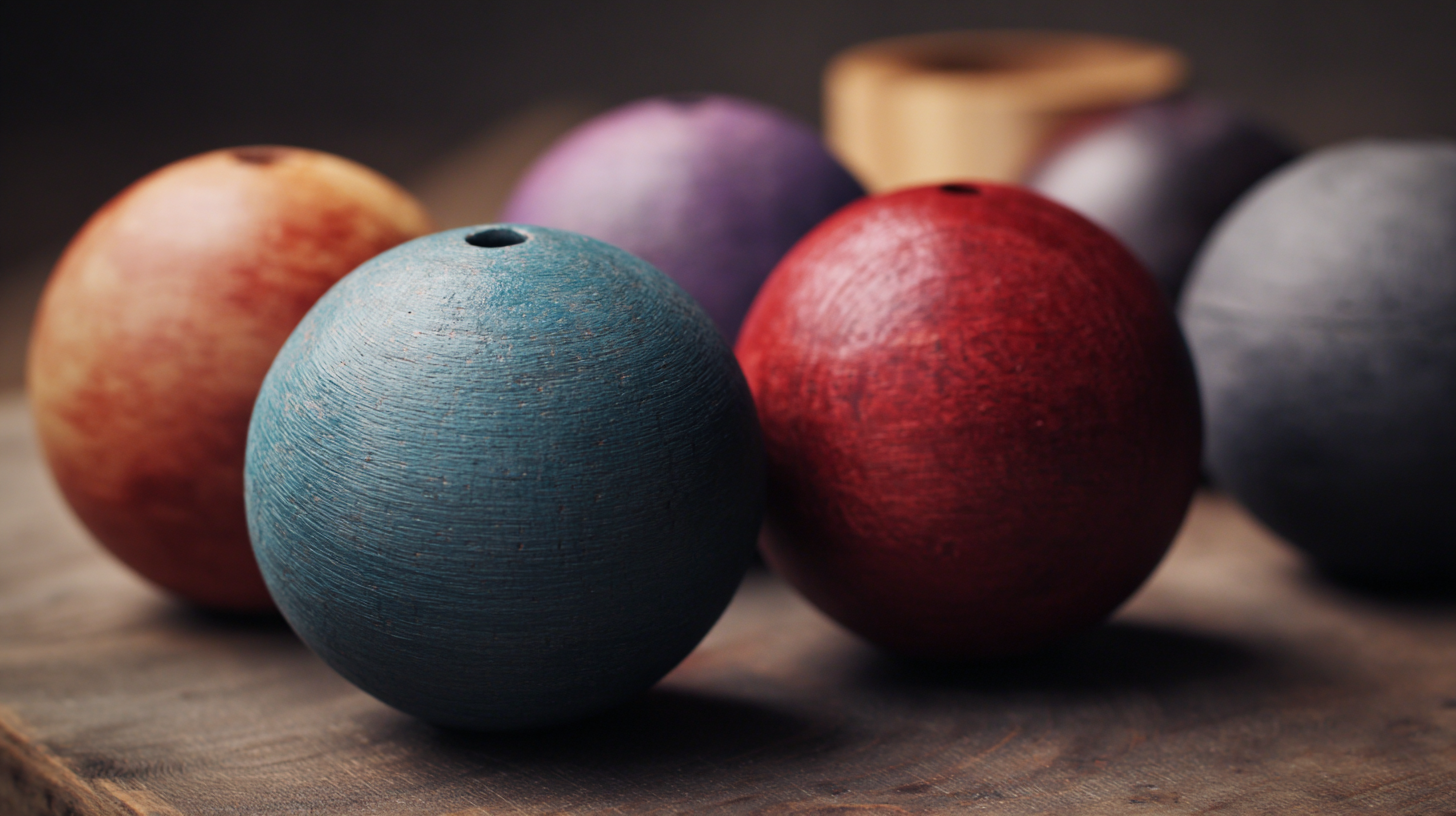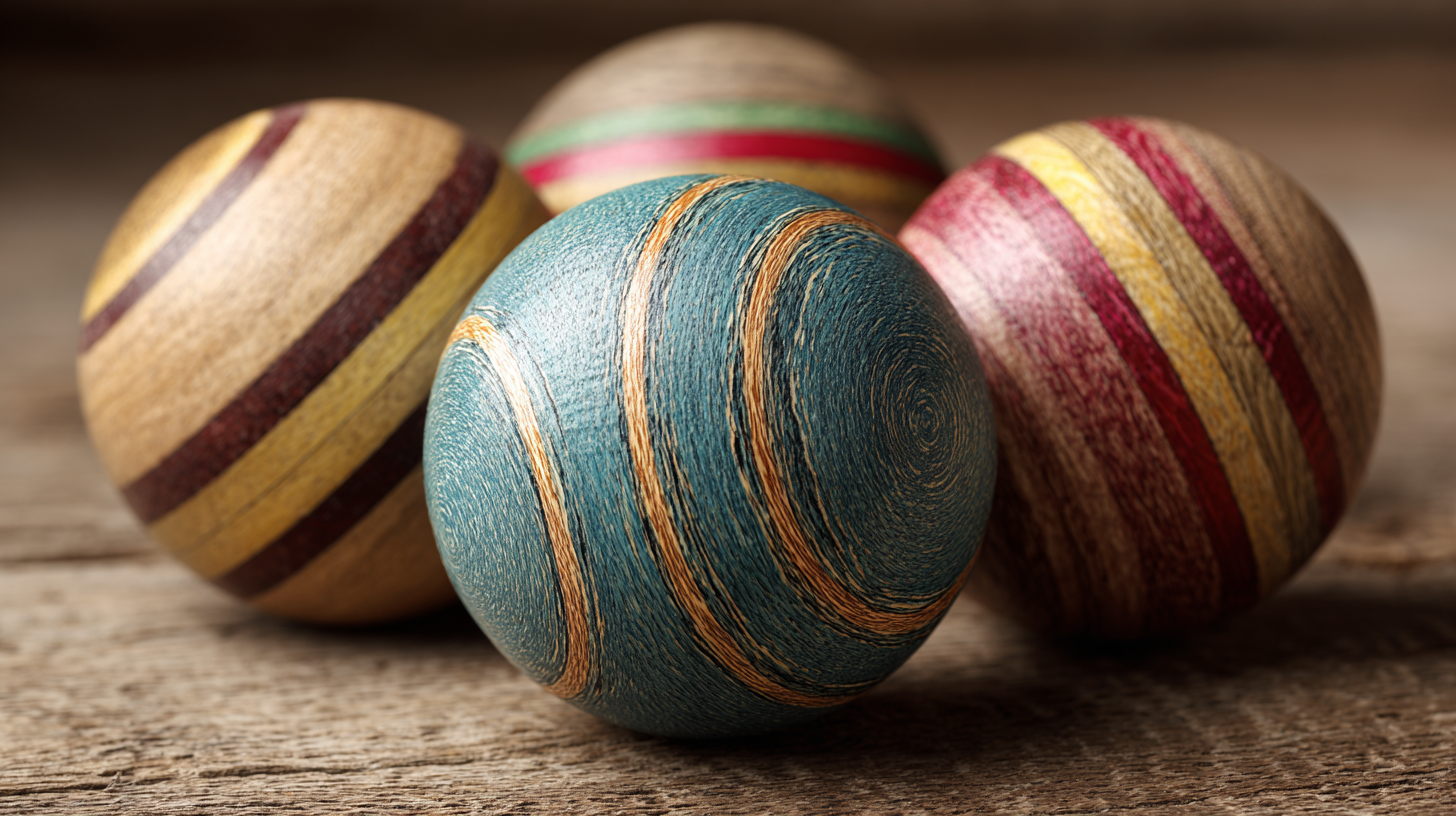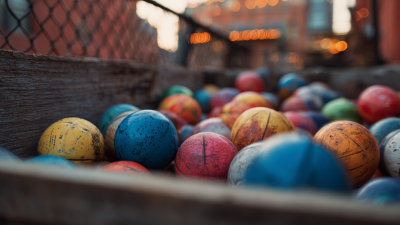In the realm of outdoor games, the elegance and strategy of croquet have captivated enthusiasts for centuries. A pivotal component that significantly influences gameplay is the choice of the wooden croquet ball. According to a recent industry report by the Sporting Goods Manufacturers Association, over 60% of croquet players cite the quality and material of croquet equipment as crucial to their performance and enjoyment. Furthermore, a survey conducted by the American Croquet Association revealed that 75% of amateur players prefer wooden balls over their plastic counterparts for their superior feel and durability. This surge in preference underscores the importance of selecting the ideal wooden croquet ball, not only to enhance skill development but also to elevate the overall playing experience. Understanding the art and craft behind these essential game pieces can empower players to make informed decisions, ensuring they are fully equipped to enjoy and excel in this classic lawn game.

When it comes to the game of croquet, the choice of equipment can greatly influence performance and enjoyment. Selecting quality wooden croquet balls is not just a matter of preference; it is crucial for the overall gameplay experience. According to the International Croquet Federation, the diameter and weight of croquet balls are critical, as they must conform to specific standards to ensure fairness and consistency. A well-crafted wooden ball typically weighs between 16 to 18 ounces and has a diameter of 3.5 inches, which provides a perfect balance for optimal play.
Moreover, the type of wood used in manufacturing croquet balls plays a significant role in their performance. Hardwoods, such as maple and ash, are often preferred due to their durability and resistance to cracking. A report by the Sports Equipment Manufacturers Association highlights that quality wooden balls can maintain their shape and integrity over time, allowing players to enjoy a consistent response during their matches. This longevity not only enhances performance but also contributes to the sustainability of the sport by reducing the need for frequent replacements. Thus, understanding the importance of selecting quality wooden croquet balls can elevate one’s game and make every play count.
Choosing the right type of wood for croquet balls plays a significant role in enhancing gameplay. Different woods offer unique properties that influence the ball's weight, durability, and playability. Commonly used woods include hardwoods such as maple and beech, which are known for their strength and resistance to wear. These woods provide a consistent playing experience, allowing players to develop their skills effectively. Additionally, the natural characteristics of each wood can affect the ball's bounce and roll, thereby impacting the overall game dynamics.

The manufacturing processes for wooden croquet balls have evolved, drawing inspiration from techniques utilized in various industries, including advanced manufacturing methods. For instance, the principles of digital-twin technology can be applied to simulate how different types of wood perform under various playing conditions. This approach not only helps in selecting the best material but also ensures sustainable practices in production. As researchers and manufacturers continue to explore greener methods, the focus on utilizing responsibly sourced woods is paramount, ensuring that the art of crafting croquet balls respects both quality and environmental considerations.
When selecting the perfect wooden croquet ball, several key features should be at the forefront of your decision-making process. First and foremost, consider the type of wood used in the construction of the balls. Hardwoods like maple or beech not only provide durability and resistance to wear but also ensure consistent performance on the field. The weight and size of the balls are equally important, as they can affect your control and precision during play. Standard croquet balls typically weigh around 16 ounces and have a diameter of about 8.5 inches, striking a balance between ease of handling and impact.
Another critical element is the finish of the wooden croquet balls. A smooth, well-sealed surface minimizes friction and enhances traction on the grass, allowing for smoother strokes. Additionally, the color and design of the balls can add a personal touch to your game while also adhering to any rules or guidelines for competitive play. Ensuring that your chosen balls meet these key features will significantly enhance your overall croquet experience, whether you're playing casually with friends or competing in a more serious environment.
When choosing the perfect wooden croquet ball, understanding the importance of weight and size can greatly enhance your gameplay experience. A ball that is too light may lack the momentum needed for effective hits, while a ball that is too heavy can be difficult to control. Typically, a weight range of 16 to 24 ounces is ideal for most players, ensuring a balanced experience where power meets precision.
**Tip:** When selecting a croquet ball, consider your own playing style. If you are more aggressive in your hits, go for a slightly heavier ball; conversely, if you prefer finesse and control, a lighter option might be better.
Size is also a crucial factor. Most standard croquet balls have a diameter of about 3.5 inches. This size allows for effective targeting of the hoops while still being manageable for players. However, it's essential to find a size that fits comfortably in your hand.
**Tip:** Test a variety of balls to see which size feels the most comfortable during swings. A good grip can significantly influence your shot accuracy and overall performance.
| Ball Type | Weight (grams) | Diameter (mm) | Material | Recommended Skill Level |
|---|---|---|---|---|
| Standard Croquet Ball | 450 | 110 | Wood | Beginner |
| Professional Croquet Ball | 500 | 110 | Maple | Intermediate |
| Heavyweight Croquet Ball | 550 | 110 | Ash | Advanced |
| Lightweight Croquet Ball | 400 | 110 | Pine | Beginner |
Choosing the perfect wooden croquet ball is just the beginning; maintaining and caring for it is equally essential to ensure its longevity and performance. Regular upkeep not only preserves the ball's aesthetic appeal but also enhances your game experience. One effective tip is to always clean your croquet balls after each use. Simply wiping them down with a damp cloth removes dirt and prevents any buildup that may affect their rolling ability.

Another crucial aspect of caring for wooden croquet balls is proper storage. Keep them in a cool, dry place away from direct sunlight to prevent warping or cracking. Using a protective case can also minimize exposure to environmental factors. Additionally, consider applying a light coat of natural oil to the surface occasionally. This not only maintains the luster of the wood but also helps to protect it from moisture. Following these simple tips will ensure your wooden croquet balls remain in top condition and ready for many enjoyable games ahead.






